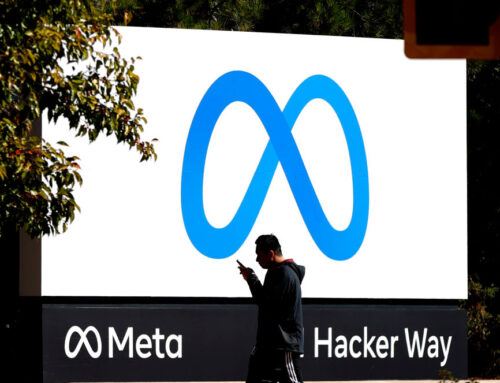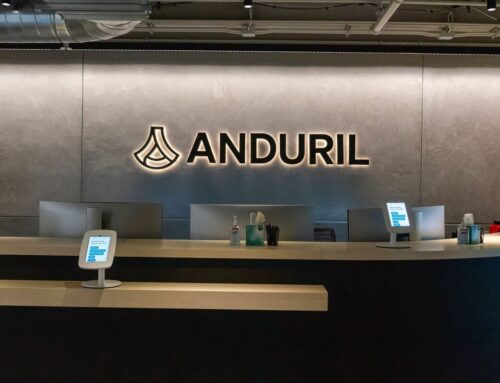Cardano Vs. Ethereum: Key Differences Every Crypto Investor Should Understand
May 29, 2025
Ethereum’s 2015 debut introduced a programmable layer that transformed blockchains from static ledgers into bustling, decentralized marketplaces for everything from art to arbitrage. A little over two years later, Cardano entered the fray with an “academic-first” approach that promised to fix what Ethereum was still figuring out. In 2025, these two platforms anchor many “Which crypto should I buy?” debates, yet they are built on markedly different blueprints.
This article unpacks those blueprints. We’ll explore histories, consensus mechanics, token economics, staking and real-world deployments, then explore the technical elements so investors can decide which network, if either, fits their portfolio.
An Overview Of Ethereum
Ethereum’s white paper was published in late 2013, and the network went live on July 30, 2015. Its founding mission was bold: to become a “world computer” that would let anyone deploy self-executing smart contracts without third-party involvement. That vision has delivered a thriving decentralised finance (DeFi) market, a multibillion-dollar NFT industry and a developer community that dwarfs any other blockchain.
Two headline upgrades reshaped that trajectory. EIP-1559 (August 2021) introduced fee-burning, partially offsetting new ETH issuance. Then the Merge (September 15, 2022) swapped energy-intensive proof-of-work mining for proof-of-stake (PoS), cutting the network’s electricity footprint by roughly 99.95%.
Ethereum still dominates smart-contract activity, but the network’s popularity may be its curse: base-layer transactions remain comparatively slow and expensive despite a constellation of Layer-2 rollups racing to ease the bottlenecks. A spring-2025 Pectra upgrade has lowered costs and raised the validator cap, yet daily fees still spike during on-chain frenzies.
The Basics Of Cardano
Cardano went live on September 29, 2017, spearheaded by Ethereum co-founder Charles Hoskinson and engineering firm IOHK (now Input Output Global). It brands itself as the first peer-reviewed blockchain: every protocol change is vetted through a typically very academic discussion before being implemented. That deliberate pace frustrates critics, but advocates insist it reduces the “move fast and break things” risk that haunts crypto.
The project’s roadmap unfolds in named eras: Byron, Shelley, Goguen, Basho and Voltaire, each unlocking features such as staking, smart contracts and on-chain governance. Cardano’s core pitch is a secure, scalable backbone for identity, supply-chain and financial applications, especially in emerging markets. For example, Ethiopia’s Ministry of Education is rolling out blockchain-verified academic credentials for five million students via Atala PRISM.
Consensus Mechanisms
Both networks secure themselves with proof-of-stake, but they implement it very differently. Understanding those mechanics is important as consensus shapes energy use, decentralization incentives and long-term economics.
Ethereum’s Proof-of-Stake
Ethereum’s Beacon Chain coordinates ~1 million validators who each post 32 ETH (≈$82k at recent prices) as collateral. Validators win block-proposing rights roughly every twelve seconds; correct behaviour earns ETH, while downtime or malicious activity can trigger “slashing” penalties. Average yields hover around 3%-4% annualised, slightly higher if nodes capture maximal extractable value (MEV) via MEV-Boost.
PoS reduced ETH issuance roughly 90%, yet ETH recently flipped to marginally inflationary after the March 2025 Dencun fork pushed transactions to cheaper Layer-2s, lowering base-layer fee burns. Supply is now just above 120.4 million ETH.
Cardano’s Ouroboros Protocol
Cardano’s Ouroboros is the first PoS algorithm with formal security proofs. Time is sliced into five-day epochs, each subdivided into slots that slot leaders (chosen proportionally to stake) fill with transactions. Because stake pools can accept delegation without bonding periods, anyone can earn ADA in minutes using a mobile wallet; no 32-coin hurdle like ETH exists. Rewards adjust over time and currently sit around 1.7% – 2% on major exchanges, though independent pools sometimes top 4%.
Smart Contract Capabilities
Ethereum set the standard for smart contracts with Turing-complete Solidity contracts that now secure ~$63 billion in total value locked (TVL). A rich toolbox including ERC-20 tokens, composable DeFi “money legos,” decentralized autonomous organisations and NFT standards has attracted developers despite high gas fees.
Cardano followed later; the Alonzo hard fork (September 2021) introduced Plutus smart contracts written in Haskell-inspired PlutusCore and Marlowe, domain-specific languages for financial agreements. Uptake was slow, hampered by technology gaps, but 2024’s Aiken compiler and Hydra scaling heads lowered entry barriers. Cardano smart contracts run off-chain during the validation process. This design improves determinism and enhances security, but it also limits real-time (synchronous) interactions between decentralized applications, a deliberate trade-off in the platform’s architecture.
In practice Ethereum still hosts the lion’s share of DeFi liquidity, yet Cardano’s ecosystem is growing, helped by recently launched stablecoins, on-chain order books like Minswap, and identity-driven dApps targeting African small and medium-sized enterprises.
Tokenomics And Supply
Both platforms issue native coins, ETH and ADA, to compensate validators and fund development, but they differ on hard caps and monetary policy.
Ethereum’s Inflationary Model
Ethereum intentionally avoided a fixed ceiling to provide a perpetual security budget. Pre-Merge emissions ran ~4.3% annually; post-Merge, emissions dropped under 1%, and base-fee burning has occasionally pushed net issuance negative. With fees migrating to Layer-2s, the pendulum has swung back to mild inflation, a design choice that keeps validator rewards competitive.
Cardano’s Capped Supply
ADA is hard-capped at 45 billion coins, of which ~35 billion circulate today. A treasury releases new ADA each epoch, tapering gradually until emissions cease circa 2060, after which on-chain transaction fees will pay for security and governance. The absolute cap mirrors Bitcoin and gives holders a clear dilution schedule.
Staking Capabilities And Transaction Fees
For retail investors, the hurdle of 32 ETH to run an Ethereum validator means most users join validation pools or liquid-staking tokens like stETH, which add smart-contract risk and, in some jurisdictions, securities-law ambiguity. Unstaking is now permissionless but subject to a queue; exits can take hours in calm periods or days when many validators leave simultaneously. Gas fees average $2-5 but spike into double digits when demand is high, such as during the recent meme-coin mania.
Cardano, by contrast, lets holders delegate in a few clicks with no lock-ups and zero slashing. Transaction fees are predictable, roughly 0.17 ADA plus 0.1 ADA per kilobyte, and rarely breach $0.30 even at network peaks, thanks to larger block sizes and lower demand. The trade-off is lower absolute yield and a younger DeFi stack, which means slower capital gains versus ETH may erode staking rewards.
Comparing Use Cases
Ethereum has become the default settlement layer for stablecoins ($100 billion+ in circulation), derivatives, lending markets and high-profile NFT collections. Fortune 500 giants, from Visa to Starbucks, pilot loyalty, carbon and supply-chain tokens on Ethereum or its Layer-2 cohorts. That critical mass has attracted talent, but also regulatory scrutiny.
Cardano’s use-case map focuses on social-impact projects, including, as mentioned above, verifiable diplomas in Ethiopia, land-registry proofs in Georgia, agricultural supply chains in Tanzania and tokenized micro-loans for farmers in Kenya. Although these projects are smaller in monetary value, they align with Cardano’s objective of banking the unbanked, and have the potential to expand if regulators in emerging markets adopt blockchain technology.
Investor Suitability Considerations
If you want exposure to the broadest developer mind-share, second-largest crypto market cap and a bet on Layer-2 scaling economics, Ethereum fits. It is, however, more correlated with speculative buzz: fee spikes, regulatory headlines and Layer-2 token dilution can whipsaw returns.
Cardano appeals to long-term investors comfortable with slower iteration and emerging-market narratives. Its capped supply and non-custodial staking with instant liquidity reduce some risk, but lower dApp activity means fewer fee burns to prop long-term security once the treasury depletes — an open-ended governance problem.
Bottom Line
Ethereum and Cardano share a PoS basis yet diverge on philosophy: Ethereum prizes rapid composability and market capture; Cardano values formal verification and methodical rollout. That contrast shows in consensus mechanics, supply curves, fee dynamics and developer cultures. Investors needn’t pick a single winner; diversification across ecosystems can hedge regulatory or technical shocks, but understanding how each chain pays validators, processes transactions and drives demand is important before allocating capital.
As the crypto market continues to develop, watch whether Ethereum’s Layer-2 thesis lowers barriers fast enough to fend off faster base-layers, and whether Cardano can convert academic credentials into mainstream traction beyond Africa.
Search
RECENT PRESS RELEASES
Related Post




